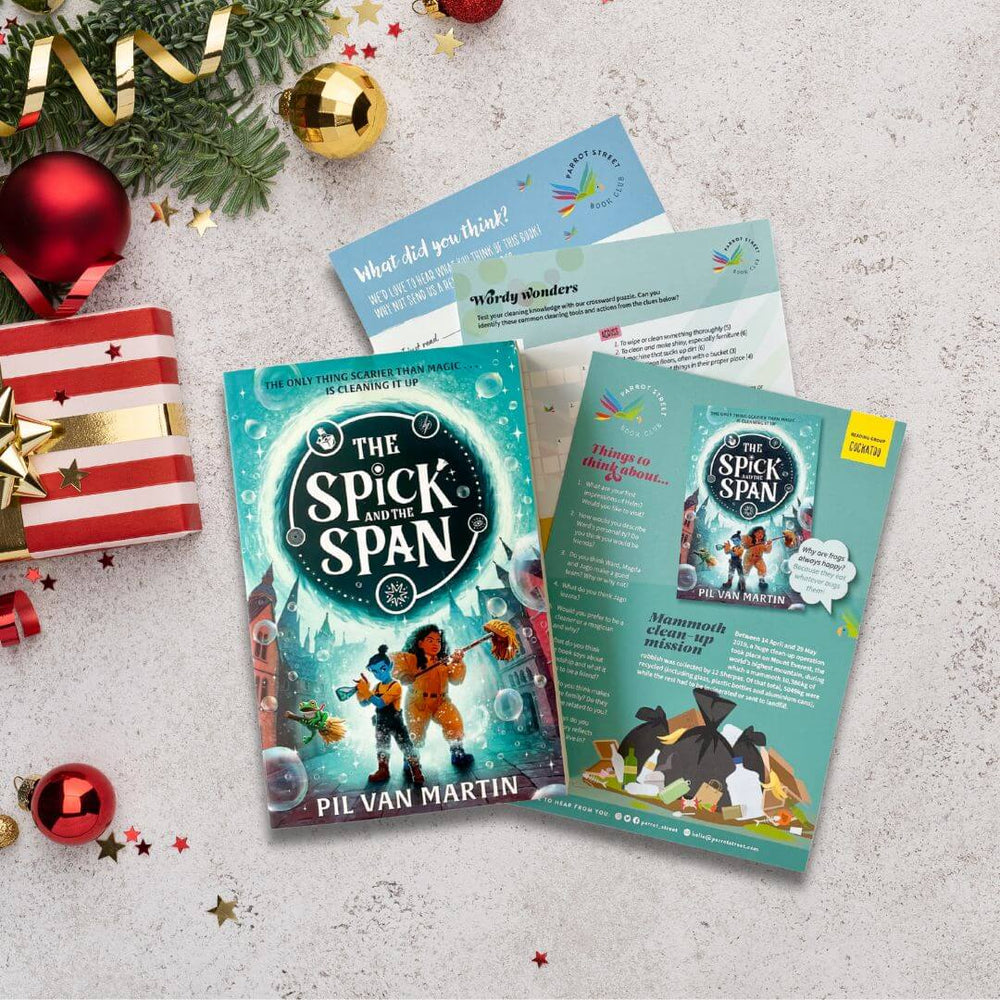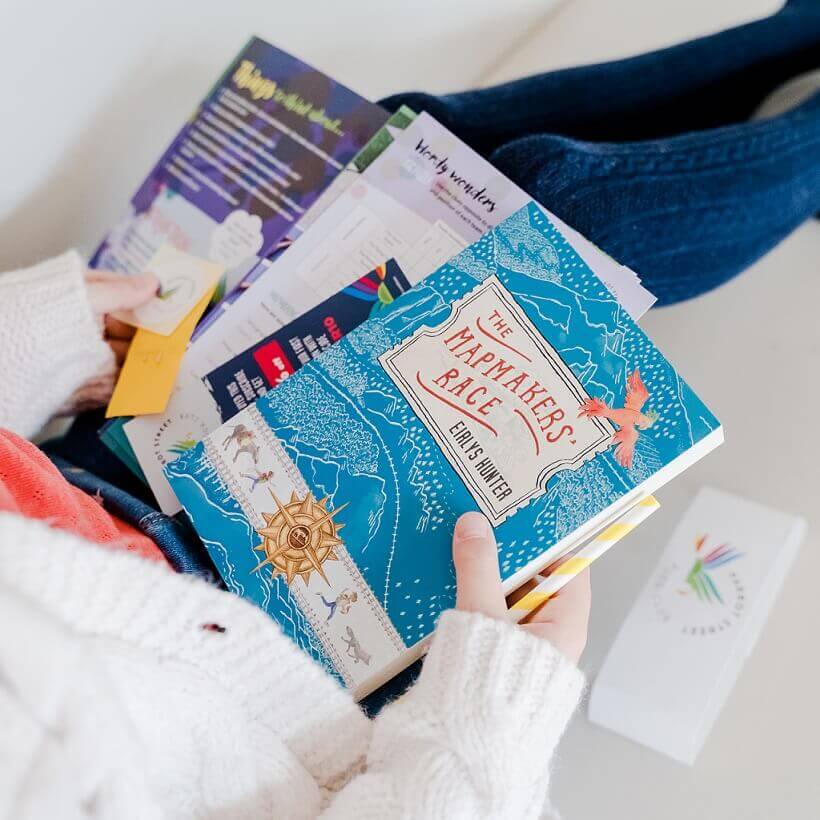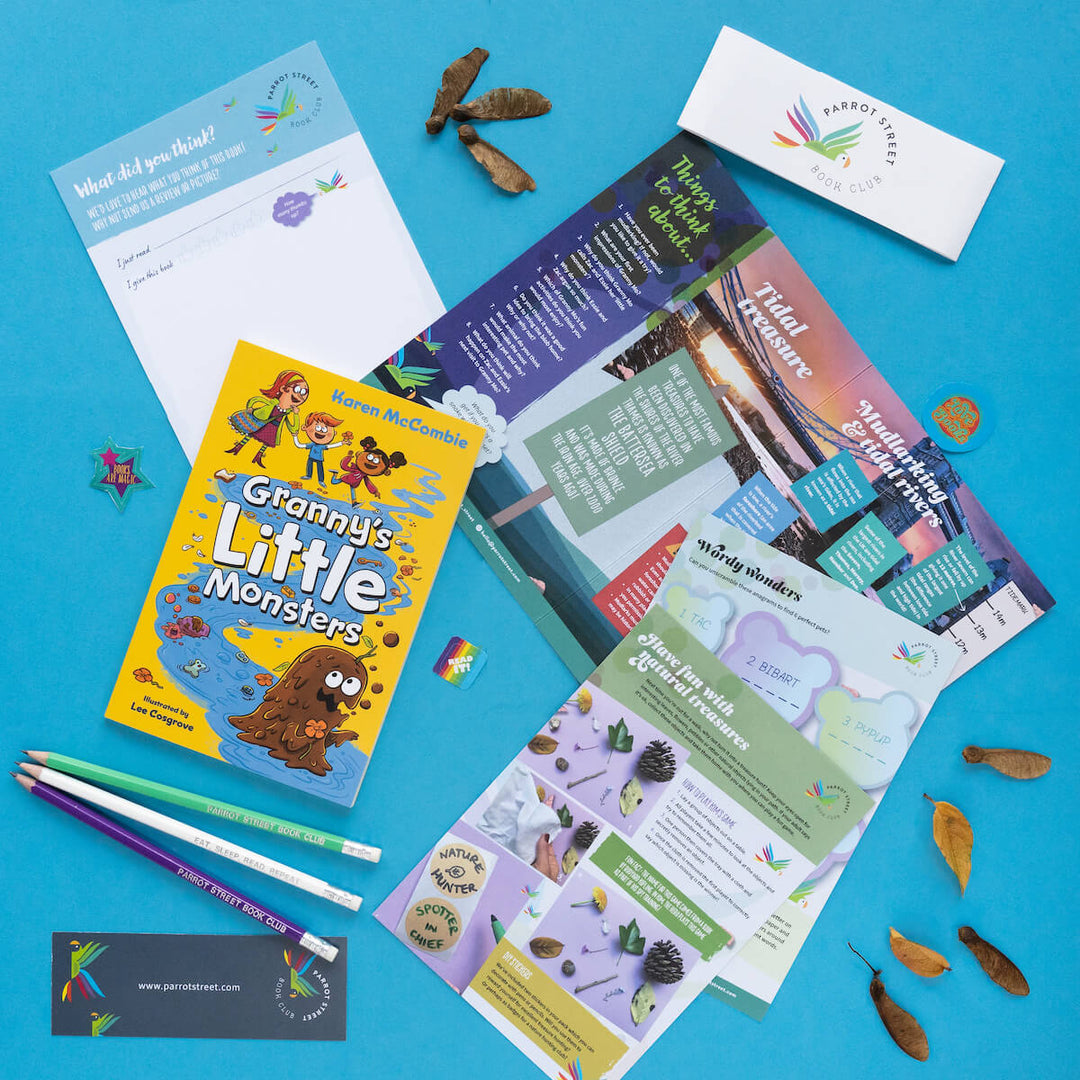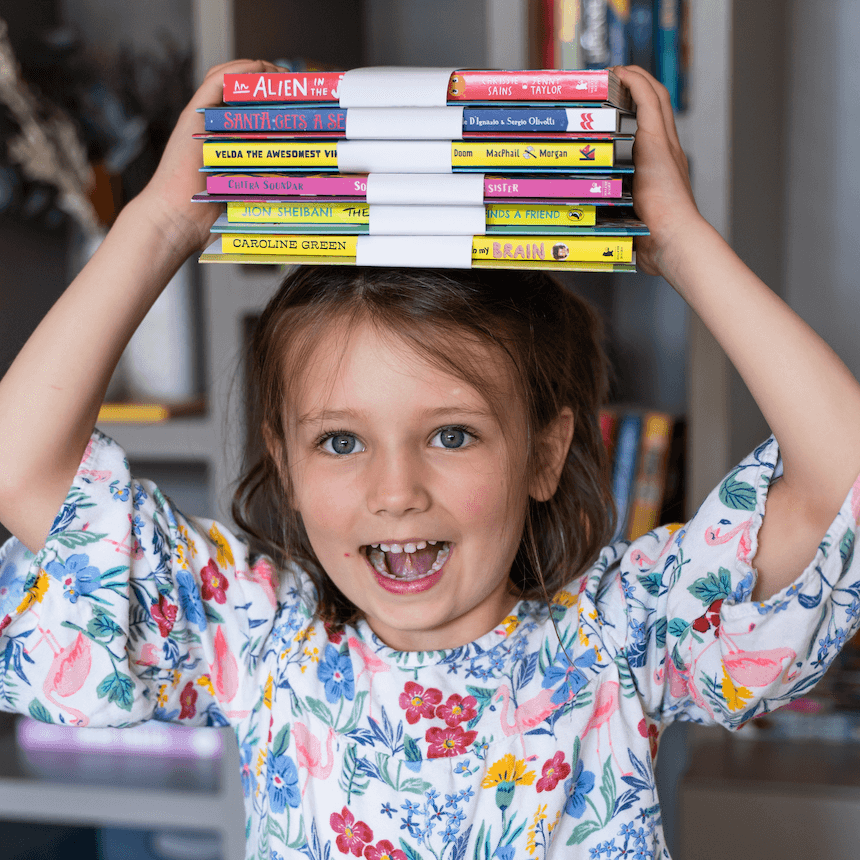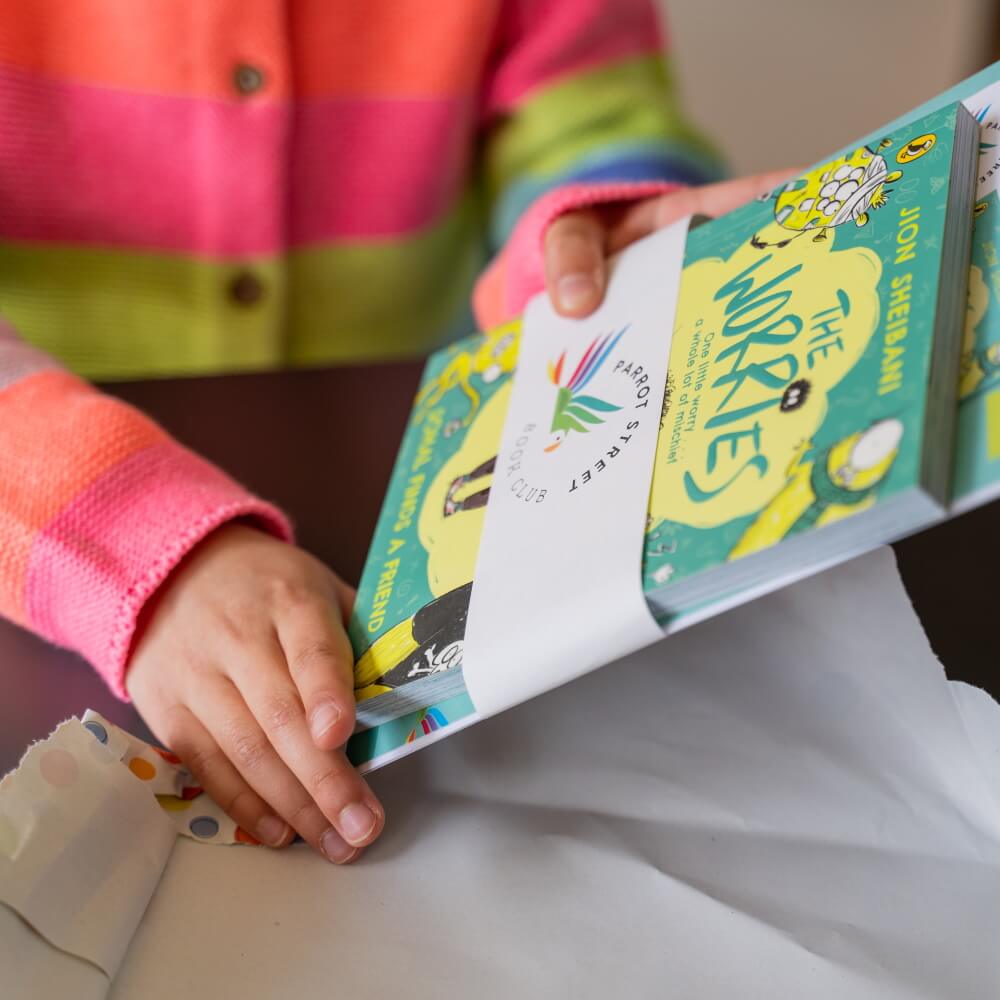Is it really reading? Why we love graphic novels and audiobooks

In a world where digital entertainment takes centre stage, we’re often asked the following question: Is listening to audiobooks or reading graphic novels really “reading”? As a parent, I've seen first-hand how alternative formats like graphic novels and audiobooks can serve as gateways to a love of reading. And my answer is simple: Yes, it absolutely is reading.
I’ve watched my own children, now teenagers, grow into happy, confident readers and consumers of fiction, but not always in the traditional sense. Like many children in the early days of reading independently, they were reluctant to dive into thick novels. Nor did they crave the quiet time often associated with reading books in the conventional way. But graphic novels and audiobooks were a gamechanger.
Audiobooks: the power of listening
Audiobooks are often seen as a shortcut to reading, but in fact they offer a unique and engaging way to experience stories. Listening to a story read aloud can help children develop a strong vocabulary, improve their comprehension, and increase their overall exposure to language just as much as reading from the page. For my children, audiobooks became an essential bridge to deeper engagement with literature. They could “read” while on long car rides, while doing chores, or even before bed – and they still do. Audiobooks allow them to experience stories they may have otherwise skipped, especially when the physical books feel too long or intimidating.
When we listen to audiobooks, we can immerse ourselves in a narrative, hear different character voices, and get drawn into stories just as if we are reading the words ourselves. My kids don’t see audiobooks as a replacement for traditional reading, and neither do I; rather, we view them as an enjoyable way to experience stories—one that doesn’t feel like a chore. The experience is just as rewarding, and over time, it has fuelled their curiosity about books in other formats.
Graphic novels: pictures speak louder than words
Graphic novels offer a similar, yet distinct, experience. When my children first discovered graphic novels, they were drawn to the combination of visual storytelling and written words. Characters and settings came to life in full colour, and each page turned into an adventure, full of emotional depth and action. Graphic novels present a unique way of processing stories, as they rely on both words and images to convey meaning.
For reluctant readers, graphic novels provide an entry point that feels less daunting than a traditional chapter book. They’re fast-paced, often humorous, and visually engaging, which helps keep kids interested. In my experience, graphic novels aren’t just a fun diversion; they have played an important role in developing my children’s reading skills and encouraging them to explore new genres and themes. I am in no doubt that the best graphic novels have as much narrative depth, social relevance and emotional impact as any chapter book.
Keeping the reading flame alive
As my children have grown older, their reading habits naturally have shifted. They don’t always sit down with a book as regularly as I would like, but they still return to graphic novels and audiobooks. And I’m okay with that. These formats have helped maintain their interest in stories and literature, even when they’re distracted by other activities like video games or social media. In fact, graphic novels and audiobooks still provide them with opportunities to learn, explore, and expand their imaginations in ways that traditional reading might not.
In a world where there are countless ways to engage with stories, it's important to remember that no format is inherently better than another. Whether you’re listening to an audiobook, flipping through a graphic novel, or reading a traditional text, you’re engaging with stories in a meaningful way. For my children, those alternative formats served as stepping stones to a lifelong love of reading.
So, is listening to audiobooks or reading graphic novels really reading? Absolutely. Both formats offer valuable benefits, especially for children who might otherwise struggle with traditional books. They encourage imagination, foster literacy skills, and make reading accessible and enjoyable. As a parent, I’ve learned that the ultimate goal isn’t necessarily how or what format your child engages with, but whether they’re developing a love for stories that will last a lifetime.
Explore our range of brilliant graphic novels for readers aged 5 to 14.
JOIN OUR EMAIL LIST
Children's book news straight to your inbox
We love sharing product updates, book recommendations, children's activity ideas and special offers via email.




